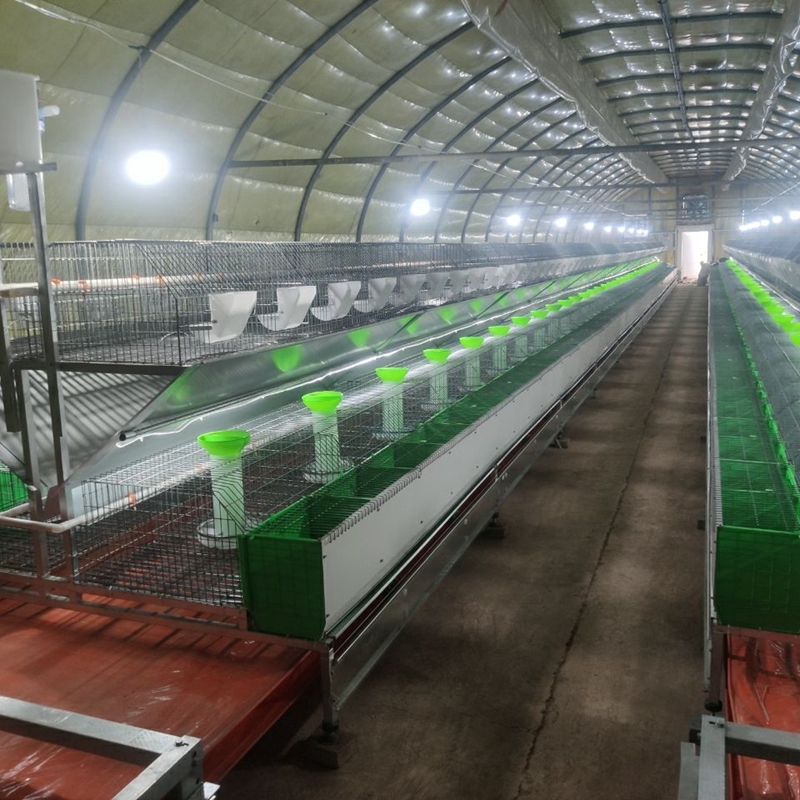Efficient Fish Feed Pellet Production Machinery for Optimal Aquaculture Growth
Dec . 04, 2024 12:23 Back to list
Efficient Fish Feed Pellet Production Machinery for Optimal Aquaculture Growth
The Importance of Fish Feed Pellet Machines in Aquaculture
In recent years, aquaculture has emerged as one of the fastest-growing sectors in the agricultural industry. As the global demand for fish continues to rise, so does the need for high-quality fish feed. One of the most significant technological advancements in this field is the development of fish feed pellet machines. These machines play a crucial role in the production of efficient and nutritious fish feed, which not only enhances fish growth but also contributes to sustainable aquaculture practices.
Understanding Fish Feed Pellet Machines
Fish feed pellet machines are specialized equipment designed to process raw ingredients into pellets that are suitable for various fish species. The process typically involves grinding the raw materials, mixing them to create a balanced diet, and then using heat and pressure to form pellets. These machines can adapt to different formulas and ingredient blends, allowing for the production of customized feed that meets the specific dietary requirements of different fish types.
The primary components of a fish feed pellet machine include a hammer mill for grinding, a mixer for blending ingredients, a pellet mill for forming the pellets, and a dryer for moisture reduction. Some advanced models also incorporate extruders, which cook the ingredients as they are shaped into pellets, enhancing nutrient availability and digestibility.
Benefits of Using Fish Feed Pellet Machines
1. Nutritional Value One of the most significant benefits of using fish feed pellet machines is the ability to produce feed with a high nutritional profile. Fish require specific nutrients, including proteins, fats, vitamins, and minerals, for optimal growth. Pellet machines allow manufacturers to formulate feeds that meet these requirements precisely, ensuring fish are nourished effectively.
2. Efficiency and Cost-Effectiveness Producing fish feed pellets is more efficient compared to traditional feed forms like powders or flakes. Pellets are less prone to wastage and can be fed to fish with minimal floating loss. This not only improves feed conversion ratios but also reduces feeding costs for farmers.
fish feed pellet machine

3. Reduced Water Pollution Overfeeding is a common issue in aquaculture, leading to excess waste and water pollution. With the use of well-formulated pellets, farmers can minimize overfeeding as the pellets are designed to sink and be eaten more effectively by fish. This helps maintain clearer water quality in aquaculture environments, promoting healthier fish.
4. Customizable Feed Options Fish feed pellet machines enable manufacturers to create tailored diets for specific fish species or growth stages. This customization is vital for maximizing growth rates and efficiency in aquaculture. Whether producing feed for catfish, tilapia, or ornamental fish, the machine provides the flexibility to adjust formulas based on various dietary needs.
5. Scalability As the aquaculture industry grows, so do the demands for fish feed. Fish feed pellet machines are available in various sizes, making them suitable for small-scale operations and large commercial enterprises alike. This scalability allows businesses to grow and adapt to changing market needs without significant investments in new machinery.
Choosing the Right Fish Feed Pellet Machine
When selecting a fish feed pellet machine, several factors must be considered. First, the capacity of the machine should match the scale of the aquaculture operation. Additionally, the types of materials that can be processed are essential, as different fish species may require specific ingredients. The quality of construction and the features of the machine, such as automatic controls and maintenance requirements, should not be overlooked.
Conclusion
Fish feed pellet machines are revolutionizing the aquaculture industry by providing a means to produce high-quality, efficient, and sustainable fish feed. The benefits of these machines extend beyond just enhancing fish growth; they contribute to environmental sustainability and economic viability for fish farmers. As the demand for fish continues to rise, investing in advanced fish feed pellet technology allows producers to meet this demand while ensuring the health and welfare of aquatic life. In a world increasingly focused on sustainable food production, fish feed pellet machines are undoubtedly a critical component of the aquaculture sector’s future.
-
Hot Sale 24 & 18 Door Rabbit Cages - Premium Breeding Solutions
NewsJul.25,2025
-
Automatic Feeding Line System Pan Feeder Nipple Drinker - Anping County Yize Metal Products Co., Ltd.
NewsJul.21,2025
-
Automatic Feeding Line System Pan Feeder Nipple Drinker - Anping County Yize Metal Products Co., Ltd.
NewsJul.21,2025
-
Automatic Feeding Line System - Anping Yize | Precision & Nipple
NewsJul.21,2025
-
Automatic Feeding Line System - Anping Yize | Precision & Nipple
NewsJul.21,2025
-
Automatic Feeding Line System-Anping County Yize Metal Products Co., Ltd.|Efficient Feed Distribution&Customized Animal Farming Solutions
NewsJul.21,2025






